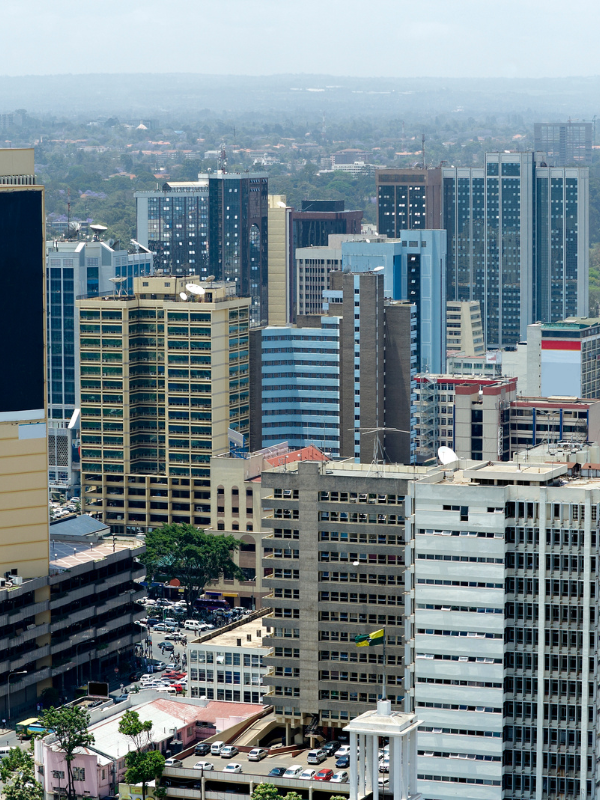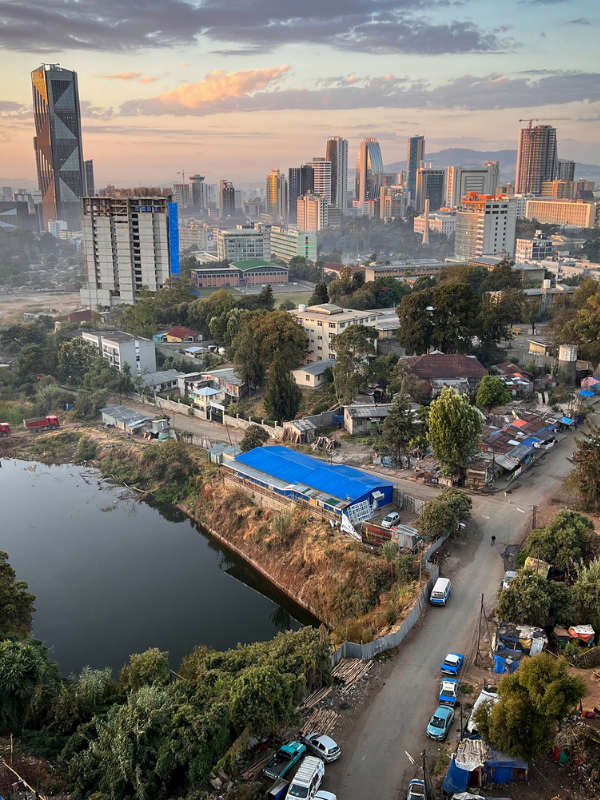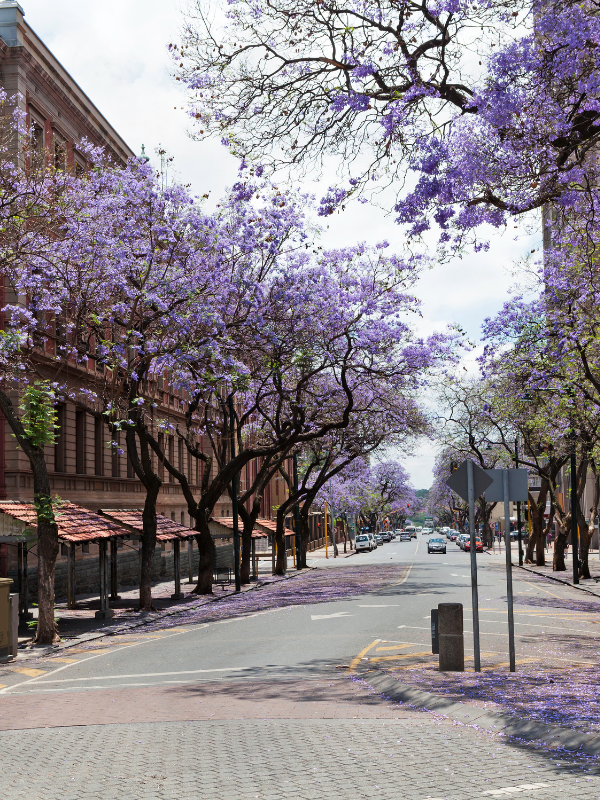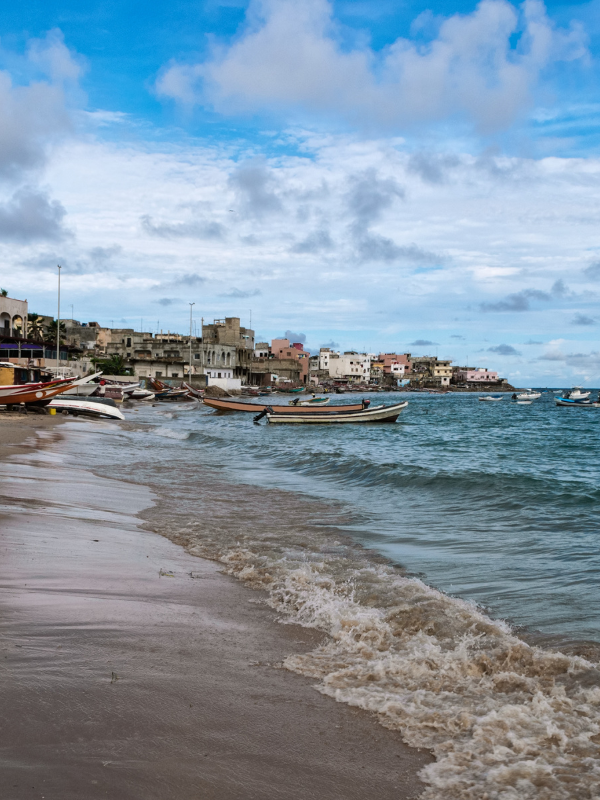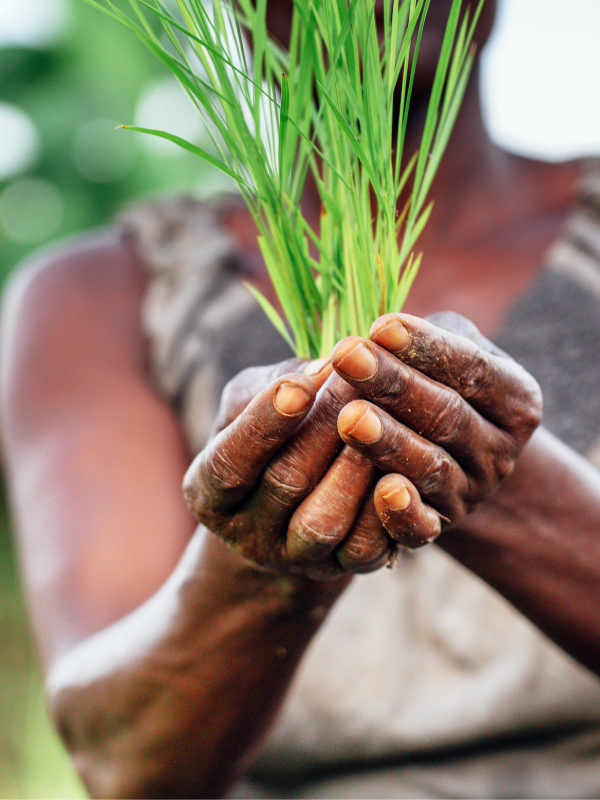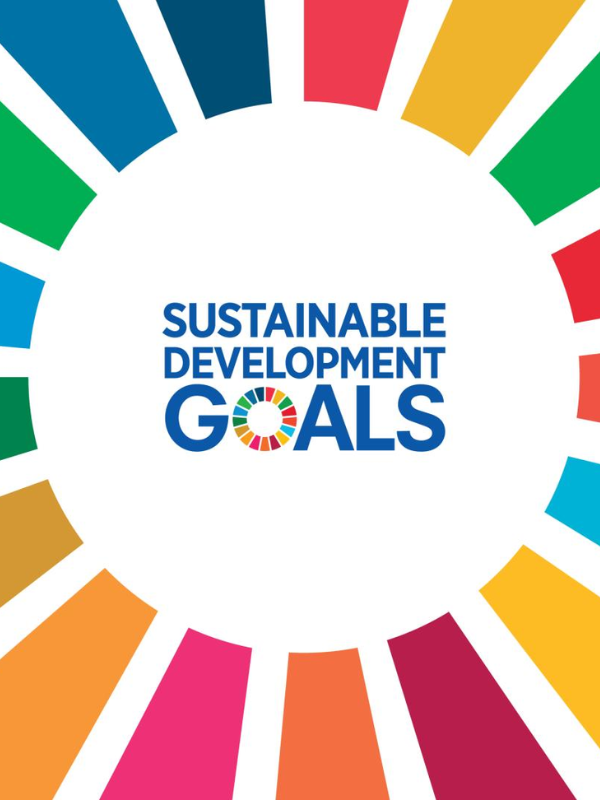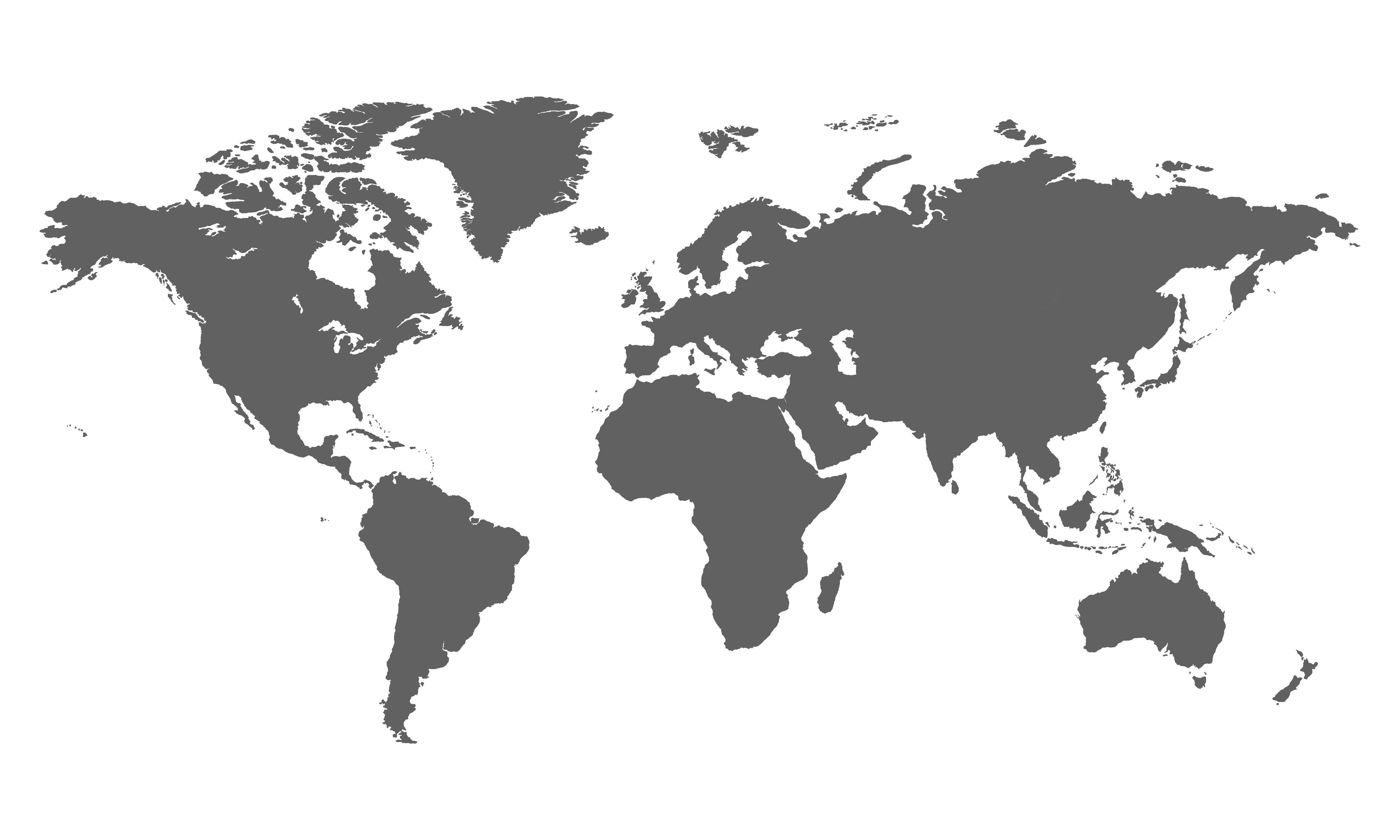
Impact
Results Framework
Resources and Results Framework
The RDP results framework serves as the foundation for measuring results and assessing program performance, while also guiding the strategic direction of the Regional Programme for Africa (RP) in the coming years. Baseline values established at the beginning of 2022 form the reference point for measuring progress. The targets of the RPD are set in acknowledgement of global targets and achievements outlined in various international frameworks.
| Expected Program Output | Output indicators | Baseline | Results | ||||
| Value | Year | 2022 Actuals | 2023 Miestones | 2024 Milestones | 2025 Target | ||
| 1.1 Indicator: Improved public perceptions on participation rights and inclusion across Africa | 56.8 | 2021 | 56.8 | 56.8 | 56.8 | 56.8 | |
| 1.2 Indicator: Proportions of positions in national and local institutions, including (a) the legislatures and (b) the public service, compared to national distributions, by sex, age (IRRF outcome indicator 1.3 / SDG 16.7.1) | W: 24,9% , M:75,1% Y: 34% | 2021 | W:26%, M:74% Y: 34% | W:26%, M:74% and Y: 35% | W:26,5%, M:73,5% and Y: 37% | W: 27%, M:73% and Y: 38% | |
| Strategic Plan Outcome 2. No one left behind, equitable access to oppertunity | |||||||
| Output 1.1. The African Union, regional economic communities and regional mechanisms have the capacity to include the needs and perspectives of women and youth in regional institutions’ programmes and decision and policymaking processes | Indicator 1.1.1. Number of regional initiatives, policies, and strategies to protect and promote civil society to function in the public sphere and contribute to sustainable development; inclusive spaces, mechanisms, and capacities for public dialogue (IRRF 2.4.5) | 0 | 2021 | 0 | 0 | 0 | 1 |
| Indicator 1.1.2. Number of countries with measures to advance women’s leadership and equal participation in decision-making in: (a) public institutions, and (b) elected positions, including parliaments (IRRF 6.2.1) | a)38 b)32 | 2021 | ??? | a)40 b)40 | a)41 b)44 | a)41 b)44 | |
| Indicator 1.1.3. Number of engagements by regional institutions to support member states’ electoral management bodies and stakeholders with effective technical capacities to organize transparent, free, fair, peaceful, credible, and inclusive electoral processes | 5 | 2021 | 8 | 6 | 8 | 10 | |
| Output 1.2. Selected change agents and platforms have the capacity to promote citizen engagement and representation in social contract reinvigoration and local, national, and regional policymaking processes | Indicator 1.2.1. Number of partnerships with women and youth-led civil society organizations and other bodies and networks to advance women and youth leadership and participation and gender equality (IRRF 6.2.2) | W:10 Y:2 | 2021 | W: *** Y3 | W:12 Y: 4 | W: 14 Y: 5 | W: 14 Y:5 |
| Indicator 1.2.2. Number of partnerships with the African Peer Review Mechanism (APRM) to strengthen its capacities to deliver on its mandate including carrying out structural vulnerability and resilience assessments | 0 | 2021 | 35 (?) | 2 | 3 | 5 | |
| Output 1.3. Capacities of regional and national institutions enhanced to use digital technology for more accountable, inclusive, and effective policymaking processes | Indicator 1.3.1. Improved score evidencing the number of public and private institutions that leverage digital technologies in ways that improves people’s lives at the regional level, national level, and subnational level (IRRF E.1.2) | 0.39 | 2021 | 0.4 | 0.40 | 0.42 | 0.42 |
| Output 1.4. Domestic resource mobilization and citizen’s engagement in SDG financing is strengthened | Indicator 1.4.1. Number of policies and regulatory and institutional frameworks developed and adopted by public and private actors to align public and private finance with the SDGs (IRRF E.3.2) | W:10 Y:2 | 2021 | W: *** Y3 | W:12 Y: 4 | W: 14 Y: 5 | W: 14 Y:5 |
| Indicator 1.4.2. Number of countries with measures to prevent illicit financial flows and improve the effectiveness, transparency and accountability of development financing and domestic resource mobilization (IRRF 2.1.2) | 0 | 2021 | 35 (?) | 2 | 3 | 5 | |
| Output 1.5. Equitable, resilient, and sustainable regional and national systems for health and pandemic preparedness strengthened to address communicable and non-communicable diseases, including COVID-19, HIV, tuberculosis, malaria, and mental health (Strategic Plan output 1.4. regional and national added) | Indicator 1.5.1. Existence of operational end-to-end multi-sectoral early warning systems to respond to COVID Epidemic at regional and national level | NO | 2021 | YES (3) | YES | YES | YES |
| Expected Program Output | Output indicators | Baseline | Results | ||||
| Value | Year | 2022 Actuals | 2023 Miestones | 2024 Milestones | 2025 Target | ||
| 2.1 Indicator: Proportion of population covered by at least one social protection benefit, disaggregated by sex and age (IRRF outcome Indicator 2.2, SDG 1.3.1) | 13.7% | 2021 | 13.7 | 14.1% | 14.3% | 14.5% | |
| 2.2 Indicator: Proportion of small-scale enterprises benefitting from the African Continental Free Trade Agreement (AfCFTA), disaggregated by sex and age of ownership | W: 0%; M 0% Y 0% | 2021 | 0, 0, 0 but for the narrative: Women :46%; Men 54%; Youth 85% ( 3500 people) | W: 0%; 0% Y: 0% | W: 10%; M10%, Y: 10% | W: 20%; M: 20%, Y:: 20% | |
| 2.3 Indicator: Number of African countries reporting progress towards SDG 8.2 (higher levels of productivity through economic diversification | 41 | 2021 | 45 | 42 | 42 | 43 | |
| Strategic Plan Outcome 1 Rescielencee nuilt to respond to systematic uncertainty and risk | |||||||
| Output 2.1. African institutions, civil society organizations and the private sector have the capacity to harness natural resource industries for the creation of higher income and sustainable employment | Indicator 2.1.1. Number of countries with policies, strategies and technical skills to add value to natural resources and embark on diversification | 21 | 2021 | 21 | 18 | 19 | 19 |
| Indicator 2.1.2. Number of green businesses supported and financed. | 3 | 2021 | 3 | 6 | 8 | 15 | |
| Output 2.2. Regional capacity strengthened to integrate the 2030 Agenda for Sustainable Development and the 2063 African Union Agenda in national and local development plans, budgets, financing strategies and statistics; to accelerate progress using data-driven solutions | Indicator: 2.2.1. Number of countries that have development plans, budgets and statistics that integrate Agenda 2063 and the 2030 Agenda across the whole-of-government (IRRF 2.7.1) | 1 | 2021 | 8 | 10 | 15 | 20 |
| Indicator 2.2.2. Amount (in United States dollars) of public and private finance leveraged for the SDGs (corresponding to IRFF indicator E.3.1) – disaggregated regional/country-level/ public/private. | PUBLIC: 0, PRIVATE:0 | 2021 | PUBLIC: 311300000 PUBIC: 93200000, | PUBLIC: 240M, PRIVATE:1B | PUBLIC: 560M, PRIVATE:2B | PUBLIC: 560M, PRIVATE:2B | |
| Output 2.3. National Governments, subnational governments and private sector organisations have the knowledge and tools to promote and support youth and women relevant productive value chains based on a sectoral and ecosystem approaches | Indicator 2.3.1. Number of national and subnational Governments with sectoral policies focused on supporting private sector organizations to promote youth and women-led productive and digital value chains, including through digital finance and e-commerce | 3 | 2021 | 5? | 4 | 4 | 5 |
| Output 2.4. Policies and practices developed and business models facilitated for inclusive private sector development across diverse country settings, including in Africa’s borderlands | Indicator 2.4.1. Number of countries, public agencies and private sector organizations that have developed and adopted policies and practices to promote an inclusive private sector | 3 | 2021 | 3? | 8 | 20 | 30 |
| Output 2.5. Informal sector enterprises enabled to engage on a path of sustainable and resilient growth | Indicator 2.5.1. Number of informal enterprises receiving support from public and private services (government policies and assistance, business development services/capacity building, financial services) | 0 | 2021 | 0 | 5000 | 5000 | 14000 |
| Indicator 2.5.2. Number of countries supported to adopt policies promoting the formalisation of informal enterprises | 0 | 2021 | 0 | 2 | 3 | 4 | |
| Output 2.6. Capacities of public and non-state institutions strengthened to advance social protection systems and services, inclusive of workers in the informal economy | Indicator 2.6.1. Number of countries with policies, strategies and capacities in place to increase access to inclusive social protection systems, including of workers in the informal economy. | 15 | 2021 | 19 | 17 | 18 | 20 |
| Output 2.7. National and regional institutions have the capacity to implement and deliver on the benefits of AfCFTA, especially regarding the free movement of and economic opportunities for women and youth, including cross-border trade | Indicator 2.7.1. Number of Governments and regional economic communities (RECs) supported to adopt policies and plans to fast-track AfCFTA implementation to the benefit of women and youth. | GOV:0 RECs:0 | 2021 | GOV:7 ; REC:4 | GOV:4 REC:2 | GOV:7 ; REC:3 | GOV:10 RECs:4 |
| Expected Program Output | Output indicators | Baseline | Results | ||||
| Value | Year | 2022 Actuals | 2023 Miestones | 2024 Milestones | 2025 Target | ||
| 3.1: Indicator: Percentage of African countries classified as least resilient (e.g., last quartile) on the Global Resilience Index | 48% | 2021 | 52% | 46% | 45% | 44% | |
| 3.2 Indicator: Number of countries that adopt and implement national disaster risk reduction strategies in line with the Sendai Framework (SDG 1.5.3, outcome indicator 3.1) | 25 | 2021 | 25 | 27 | 28 | 30 | |
| 3.3 Indicator: Number of people who gained access to clean, affordable, and sustainable energy | W:255M, M:254M | 2021 | W:273M, M:272M | W:268M, M:267M | W:280M, M:279M | W:292M, M:291M | |
| Strategic Plan Outcome 1 Structural transformation accelerated, particularly green, inclusive and digital transformations. | |||||||
| Output 3.1. Regional institutions capacities enhanced to advance effective climate adaptation, disaster risk reduction, early warning and resilience-building policies, strategies, and programmes | Indicator 3.1.1: Number of risk-informed development strategies and plans in place at the regional and national level (IRRF 3.1.1) | 29 | 2021 | ??? | 39 | 44 | 49 |
| Output 3.2. Relevant stakeholders across Africa have the capacity to implement sustainable and green energy innovations | Indicator 3.2.1. Increase (in megawatt) in installed renewable energy capacity per technology (solar, wind, biomass, hydro and geothermal and battery storage) (IRRF 5.2.1) | 0 | 2021 | 5 | 600 | 1100 | 1700 |
| Output 3.3. Member states have the capacity to prepare, communicate and maintain successive nationally determined contributions (NDC) in the context of the Paris Agreement (Paris Agreement, Article 4, paragraph 2) | Indicator 3.3.1. Number of countries that have policy measures in place to enable the enhancement and/or implementation of NDCs under the Paris Agreement (IRRF Indicator 1.1.2) and national adaptation plans (NAP) | NDCs :23 NAPs : 6 | 2021 | NDCs :53 NAPs : 17 | NDCs :46 NAPs : 13 | NDCs :54 NAPs 28 | NDCs :54 NAPs 28 |
| Indicator 3.3.2. Number of countries that have integrated gender considerations and priorities into their NDCs. | 21 | 2021 | 38 | 40 | 42 | 44 | |
| Output 3.4. Regional actors have improved capacity and relevant tools to access and manage natural resource assets, including water, forests, and land) | Indicator 3.4.1. Number of regional entities with improved capacity to manage natural resources as measured by institutional capacity assessment as compared to the baseline | 0 | 2021 | 7 | 2 | 3 | 5 |
| Expected Program Output | Output indicators | Baseline | Results | |||||
| Value | Year | 2022 Actuals | 2023 Miestones | 2024 Milestones | 2025 Target | |||
| 4.1 Indicator: Number of countries that achieve improved peacefulness | 22 | 2021 | 22 | 22 | 22 | 22 | ||
| 4.2 Indicator: Percentage of African Union member states that have implemented women, peace and security national action plans (Security Council resolution 1325) | 54% | 2021 | 58% | 56% | 56% | 58% | ||
| 4.3 Indicator: Regional score of progress towards SDG 16 | 49.6 | 2021 | 49.6 | 49.6 | 49.6 | 49.6 | ||
| Strategic Plan Outcome: Resilience built to respond to systemic uncertainty and risk. | ||||||||
| Output 4.1. Regional and national institutions have the capacity to anticipate, prevent and manage conflict, violent extremism, and political transitions | Indicator 4.1.1. Number of cross-border, regional, policies, strategies, and action plans for conflict prevention and peacebuilding (prevent violent extremism (PVE), stabilization, peaceful transitions) (IRRF 3.2.1) Peaceful transitions | 0 | 2021 | 1 | 1 | 1 | 2 | |
| Indicator 4.1.1. Number of cross-border, regional, policies, strategies, and action plans for conflict prevention and peacebuilding (prevent violent extremism (PVE), stabilization, peaceful transitions) (IRRF 3.2.1) PVE | 12 | 2021 | 13 | 14 | 15 | 16 | ||
| Indicator 4.1.1. Number of cross-border, regional, policies, strategies, and action plans for conflict prevention and peacebuilding (prevent violent extremism (PVE), stabilization, peaceful transitions) (IRRF 3.2.1) Stabilization | 2 | 2021 | 6 | 10 | 10 | 10 | ||
| Indicator 4.1.2. Number of peacebuilding initiatives conducted by regional stakeholders to engage and advocate for the implementation of Security Council resolution 1325/African Union Continental Result Framework on women, peace and security with a focus to member states with no NAPs | 8 | 2021 | ??? | 8 | 10 | 10 | ||
| Indicator 4.1.3. Number of peacebuilding initiatives conducted by regional stakeholders to engage and advocate for the implementation of Security Council resolution 2250/African Union Continental Result Framework on youth, peace and security | 0 | 2021 | 4 | 2 | 3 | 4 | ||
| Indicator 4.1.4. Number of regional institutions with enhanced mandates and capacities to strengthen to address climate insecurity | 0 | 2021 | 1 | 2 | 3 | 4 | ||
| Indicator 4.1.5. Number of national and regional institutions strengthened to conduct weapons and ammunitions assessments and small arms control initiatives to reduce youth focused armed violence/ conflicts across borders | 1 | 2021 | 3 | 4 | 4 | 4 | ||
| Output 4.2. African stakeholders and institutions have the capacity to support effective, accountable, and inclusive regional, national and subnational peace infrastructures | Indicator 4.2.1. Number of regional organizations with capacities for mediation, dialogue and consensus building, social cohesion, conflict prevention and peacebuilding, and community resilience (IRRF 3.2.2) | 3 | 2021 | 5 | 5 | 6 | 6 | |
| Output 4.3. Capacities of relevant regional, national, and local stakeholders and institutions enhanced to promote socioeconomic development in Africa’s borderlands | Indicator 4.2.1. Number of regional organizations with capacities for mediation, dialogue and consensus building, social cohesion, conflict prevention and peacebuilding, and community resilience (IRRF 3.2.2) | 0 | 2021 | 2 | 5 | 7 | 8 | |
| Indicator 4.3.2. Number of gender-responsive conflict sensitive development policies, borderlands and cross-border initiatives, plans, or institutions in place to promote socioeconomic development in Africa’s borderlands, address conflict drivers, strengthen social cohesion and prevent risk of conflict, including climate security (IRRF 3.1.3) | 0 | 2021 | 5 | 7 | 12 | 20 | ||
| Output 4.4. African stakeholders and institutions have the capacity to promote and protect human rights; develop more effective justice systems, improve legal frameworks, and increase people’s access to justice, prevent/reduce sexual and gender-based violence. | Indicator 4.4.1. Number of countries reporting improved access to and effectiveness of rule of law for citizens | 26 | 2021 | 26 | 27 | 28 | 30 | |
| Output 4.5. Emergent risks and opportunities are tackled effectively at a regional level. | Indicator 4.5.1: Number of new Regional Bureau for Africa flagship initiatives that respond to emerging risks and opportunities on the African continent | 0 | 2021 | ??? | 2 | 3 | 4 | |

